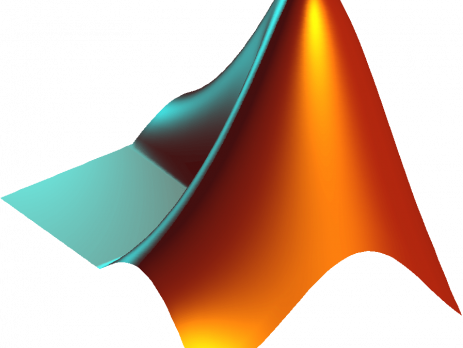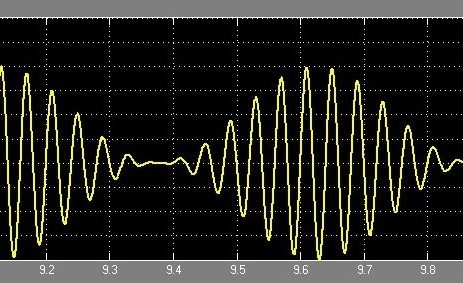MATLAB – Matrix Laboratory is a high level language for numerical computation, visualization and programming. It is a forth generation programming language. MATLAB is a very useful tool for almost all areas of science and engineering.
Introduction to MATLAB – Beginners Tutorial
MATLAB (Matrix Laboratory) is a forth generation high level programming language and interactive environment for numerical computation developed by MathWorks. It allows data analysis and visualisation, matrix manipulations, function plotting, developing algorithms, creating models and applications, interfacing programs written in other languages such as C, C++, Java and FORTRAN. Applications of MATLAB includes Communication Systems, Embedded Systems, Computational Biology, Digital Signal Processing, Computational Finance, Control Systems, Mechatronics, FPGA Design and Co-design, Test and Measurement, Image and Video Processing and Technical Computing. MATLAB as Calculator In the very...




